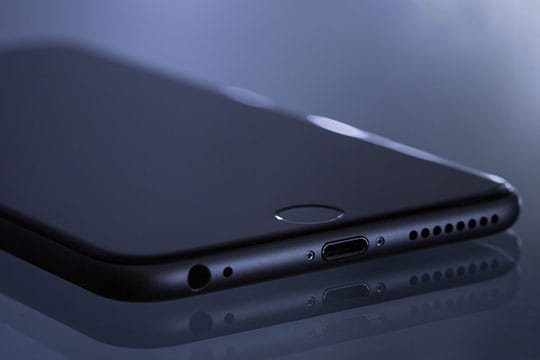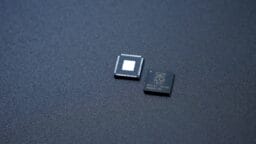The annual Apple product unveiling, a highly anticipated event in the technology realm, is scheduled for September 9 at Apple Park in Cupertino. This year’s occasion arrives at a pivotal moment for the company. Speculation abounds about the potential non-disclosure of new iPhone 17 models, updated Apple Watches, and possibly other innovations.
The iPhone remains Apple’s flagship product. Its remarkable sales have notably bolstered Apple’s recent financial performance amid economic headwinds. However, as competition in the smartphone arena escalates, questions linger about Apple’s capacity to captivate consumers and investors alike with groundbreaking advancements.
A Paradigm Shift in Design
Reports indicate that Apple is poised to debut an exceptionally slender iPhone, dubbed the MacBook Air of smartphones. This represents the most significant alteration in design observed in years. While this newfound thinness may foster heightened consumer intrigue, it could potentially necessitate trade-offs regarding battery longevity and camera capability.
Historically, the iPhone’s aesthetics have remained largely static over several generations, even as competitors like Samsung and Huawei have introduced innovative designs and foldable variants. Apple, having opted against foldable technology, continues to refine design and performance. A sleeker iPhone could rekindle consumer interest at a juncture when many upgrades are predominantly prompted by necessity.
Introducing the iPhone 17 Lineup
Anticipation surrounds various models set for release under the iPhone 17 banner. Beyond the new slender variant, standard iPhone 17 and Pro options are expected. Regular models will reportedly feature enhanced processors, superior camera technology, and extended battery life.
Meanwhile, Pro models are anticipated to showcase more advanced attributes, including premium camera systems, larger displays, and high-end titanium finishes. Apple has consistently leveraged its Pro lineup to command higher prices, catering to consumers inclined to invest in cutting-edge features.

This year may witness a notable shift with the probable discontinuation of the Plus model. Analyst Ming-Chi Kuo has noted that sales for the iPhone 16 Plus were lackluster, contributing minimally to overall shipments. Consequently, Apple appears committed to streamlining its product offerings to focus on more compelling models.
The Role of AI and Siri
A critical narrative this year centers on Apple’s positioning within the accelerating AI race. The company previously deferred a planned upgrade for Siri aimed at increasing competitiveness against OpenAI’s ChatGPT and Google’s Gemini. This decision has sparked concerns regarding Apple’s pace of innovation in AI—a burgeoning technological frontier.
Last year, Apple marketed the iPhone 16 as bolstered by Apple Intelligence. Stakeholders are poised to observe whether the company will escalate its commitment to AI-driven features in the forthcoming announcement. For Apple, it is imperative to reaffirm its industry leadership with a strong reputation and sustained growth in this domain.
Navigating Tariffs and Production Hurdles
Beyond technological developments, Apple grapples with significant geopolitical and economic challenges. Recent shifts in global supply chains, largely a consequence of former President Trump’s tariff policies, have placed considerable pressure on the company. Apple projects that tariffs will incur costs exceeding $1 billion this quarter.
In an effort to mitigate these risks, Apple has transitioned a substantial portion of iPhone production from the U.S. to India. While tariffs on Indian products are slated to increase, smartphones are expected to remain unaffected, providing Apple with essential leeway.
Additionally, Trump had suggested that companies investing in U.S. manufacturing could evade certain tariffs. Recently, Apple committed $600 billion towards U.S. operations, including chip manufacturing.
Can Apple Forge Another Triumph?
The stakes are elevated. Consumers exhibit heightened caution regarding expenditures, generally opting for phone replacements only out of necessity. Concurrently, Wall Street pressures Apple to sustain robust performance metrics.
The September 9 event will not merely unveil new devices; it will also challenge Apple to reaffirm its place within the future landscape of smartphones while addressing competitive threats from entities advancing in AI and innovative design. A slender iPhone may attract attention, yet long-term success will hinge on Apple’s ability to align design with genuine innovation.
Source link: Techi.com.






